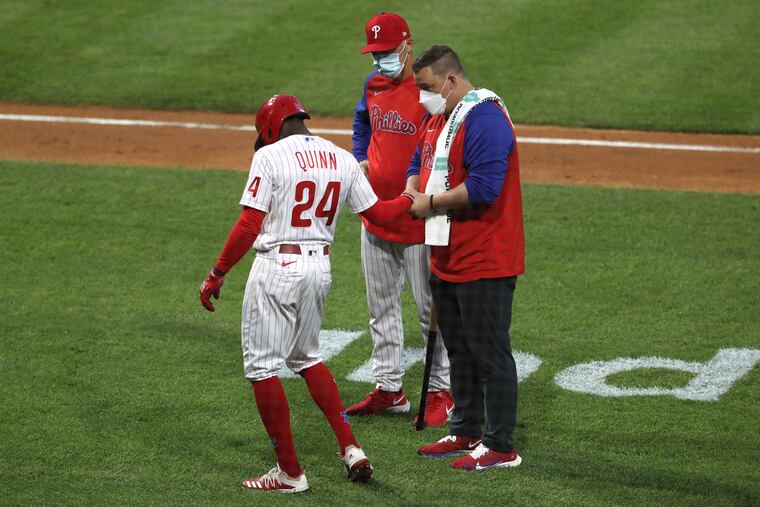Injuries are spiking this season across MLB. What can the Phillies do to survive? | Scott Lauber
Through Tuesday, the 48th day of the schedule, 351 players had been placed on the injured list for non-COVID-19-related reasons, an increase over the same point in 2017, 2018, and 2019.
